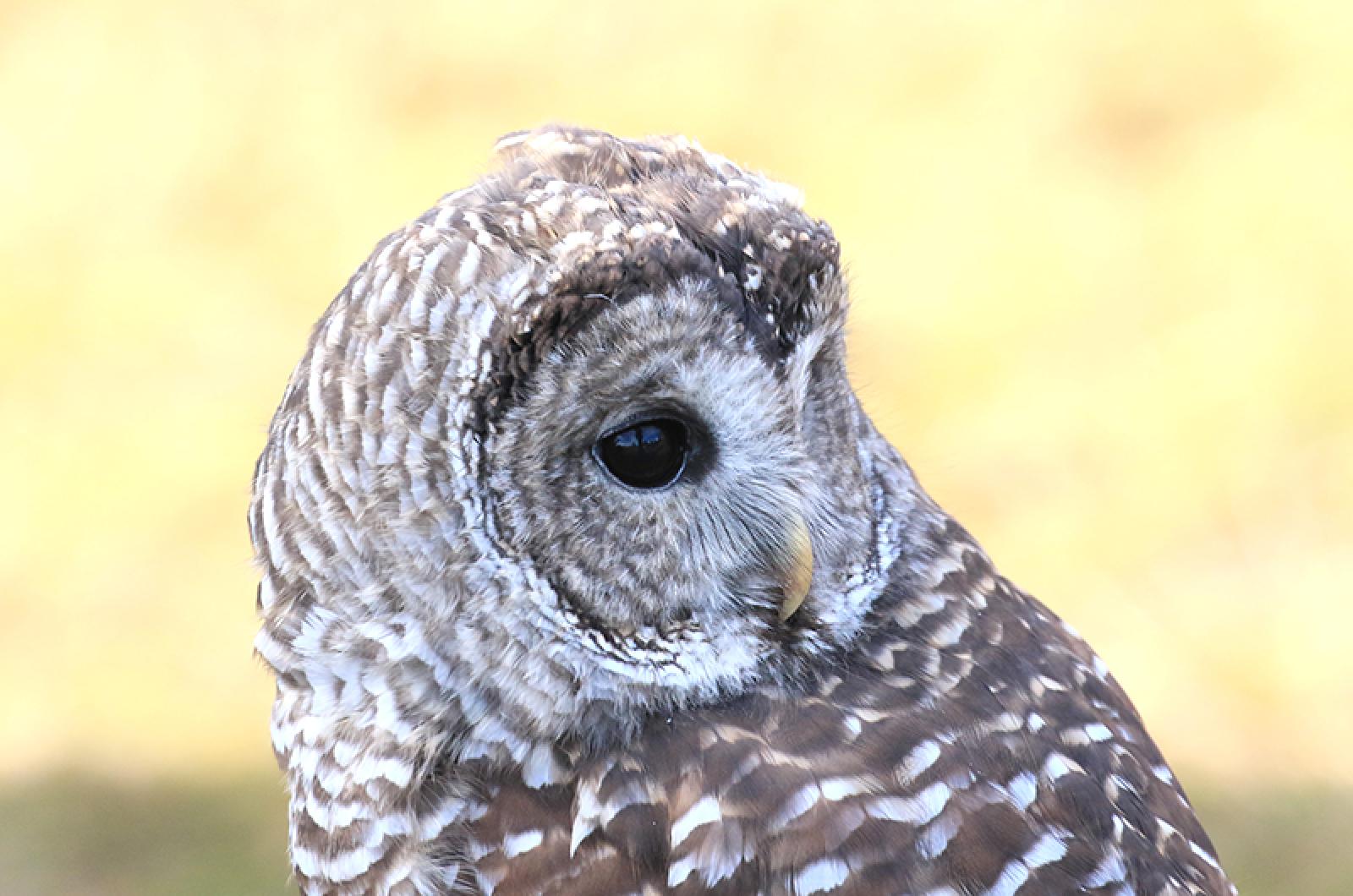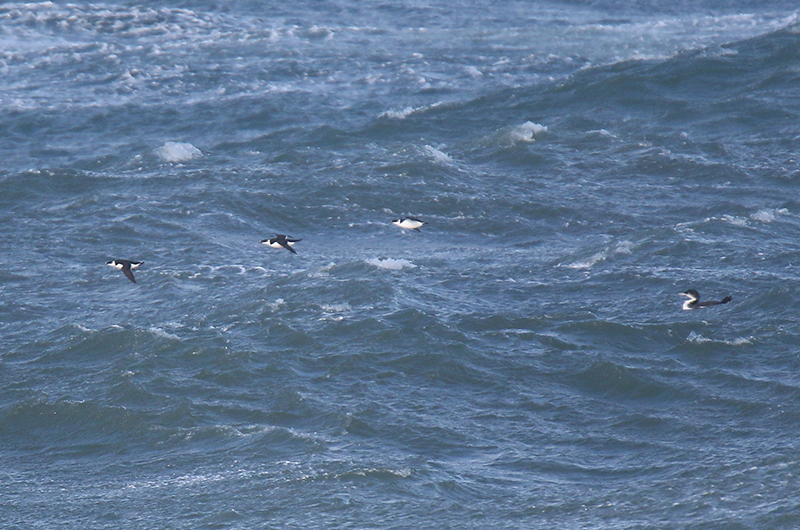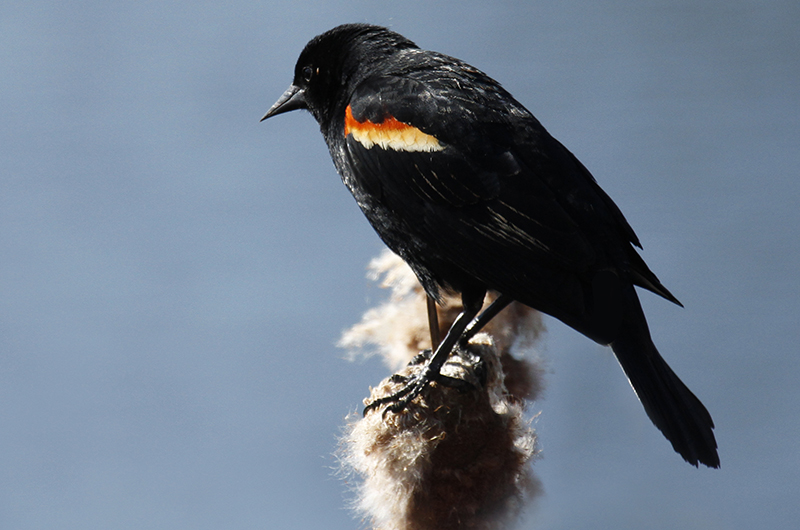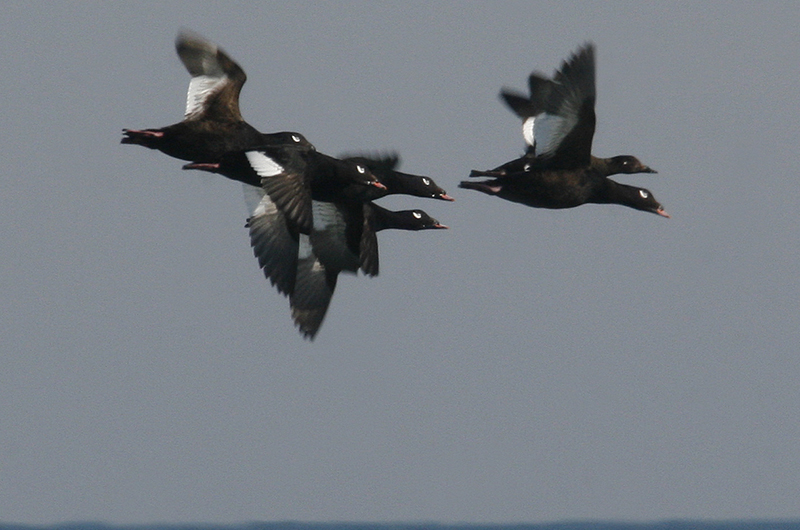Common eiders used to be plentiful in Vineyard waters. Until the early 2000s, Gus Ben David, Allan Keith and I recall seeing flocks of 25,000 to 30,000 eiders in the ocean off the Gay Head Cliffs. And there would be thousands of eiders flying up Muskeget Channel and then drifting southward with the currents; they were easily visible from East Beach and Wasque.
Bear with me as I introduce some statistics. For the past 10 Christmas Bird Counts we have averaged slightly more than 1,600 eiders for the entire Island. We have averaged slightly fewer than 1,000 eiders in that period if we do not include the one year that we saw 7,200 eiders. For perspective, in the first decade of the 2000s, we averaged almost 24,000 eiders.
What is going on? Why have their numbers plummeted? Arctic populations — their nesting grounds — are declining, but not to the scale that we have observed. Gus Ben David suggests that food availability usually explains such changes. Either they have found richer feeding grounds elsewhere, or the populations of mussels and other shellfish they consume have crashed in our waters. Also possible — the birds have shifted northward due to warmer ocean temperatures and milder winters.
White-winged scoters have also declined greatly. Muskeget Channel is where the white-winged scoters were most abundant; it was virtually impossible to estimate how many scoters there were out there, as their massive numbers literally darkened the horizon. Through the 1980s we found an average of just above 8,000 of them per Christmas Bird Count. In the early 2000s we averaged about 2,000 per count, while in the past decade we averaged only 400 per count.
So both species have declined greatly in the past 20 years. Longtime birders notice the change, but newly minted observers do not recall past higher abundances and think that what they see now is normal. This phenomenon has a scientific term: shifting baselines.
Bird Sightings
Enough already of the depressing news and on to this week’s sightings.
After a long silence, Planting Field Way’s barred owl has started calling again. Maria Thibodeau heard it on Jan. 14, and both Stacey O’Donnell and Stephanie Tilton report hearing its distinctive hooting. In past years, it has most frequently been heard along Planting Field Way near Sheriff’s Meadow Sanctuary. And Allen Keith reports that the great egret is still hanging out near the latter pond on Jan. 16.
Everyone should keep their eyes out for a snowy owl. Sandy King saw one on the beaches of Edgartown on Jan. 16. Check out every “white plastic bag” you see on the beach, as it may morph into the snowy owl. And please remember I do not reveal locations of these sightings, as in past years such information has led to repeated human disturbance of the owl. Please keep your distance from these magnificent birds.
Gus Ben David reports that lots of dovekies have been blown in close to shore with the strong winds we have been experiencing. He has been watching the pair of adult bald eagles that are hanging around the south shore, and he reports that well over 300 brant were in Ocean Park when he visited that area with Phil Stanton on Jan. 12. A yellow-rumped warbler is visiting his feeders every day.
Sharon Simonin watched a male northern harrier (aka the gray ghost) as it hunted in Aquinnah on Jan. 15.
Ravens have also been spotted this week. Matt Pelikan spotted one as he was crossing the drawbridge on Jan. 14. Anne Whiting also saw one there last week, and Tony Lima spotted one at the Wapatequa Woods goat barn on Jan. 14.
The highlights of Bob Shriber’s birding week include 21 lesser scaup on Squibnocket Pond on Jan. 16. From Zach’s cliffs on Jan. 15 he counted an amazing 182 razorbills as well as harlequin ducks, long-tailed ducks, horned grebe, red-necked grebes (eight of them), purple sandpiper, red-throated loon, common loon and great cormorants. From Aquinnah on Jan. 13 there were “only” 40 razorbills (an amazing concentration on any other day), a Bonaparte’s gull, two dovekies, a catbird, two hermit thrush, 25 robins and one towhee.
David Padulo reports a dovekie flew past Philbin Beach on Jan. 16, and the day before he caught up with the Lapland longspur that has been hanging out with a flock of snow buntings at the right fork parking lot.
My highlight of the week was a Virginia rail that I spotted only 15 feet away from me as I crossed the boardwalk at the Blackwater Preserve on Jan. 17.
Randy Rynd reports a flock of at least 30 red-winged blackbirds descended upon her feeders on Jan. 9 and 10.
Last but not least: robins showed up in Holly Mercier’s yard on Jan. 16. Kelley DeBettencourt had a flock of 25 to 30 robins in her yard on Jan. 12, and that day at the Tisbury Waterworks, Nelson Smith spotted six bluebirds with a flock of 12 robins. Notice the contrast between the darker head and the lighter back of these winter-resident robins.
Please email your sightings to birds@mvgazette.com.
Robert Culbert is an ecological consultant with Nature Watch LLC living in Vineyard Haven.










Comments
Comment policy »